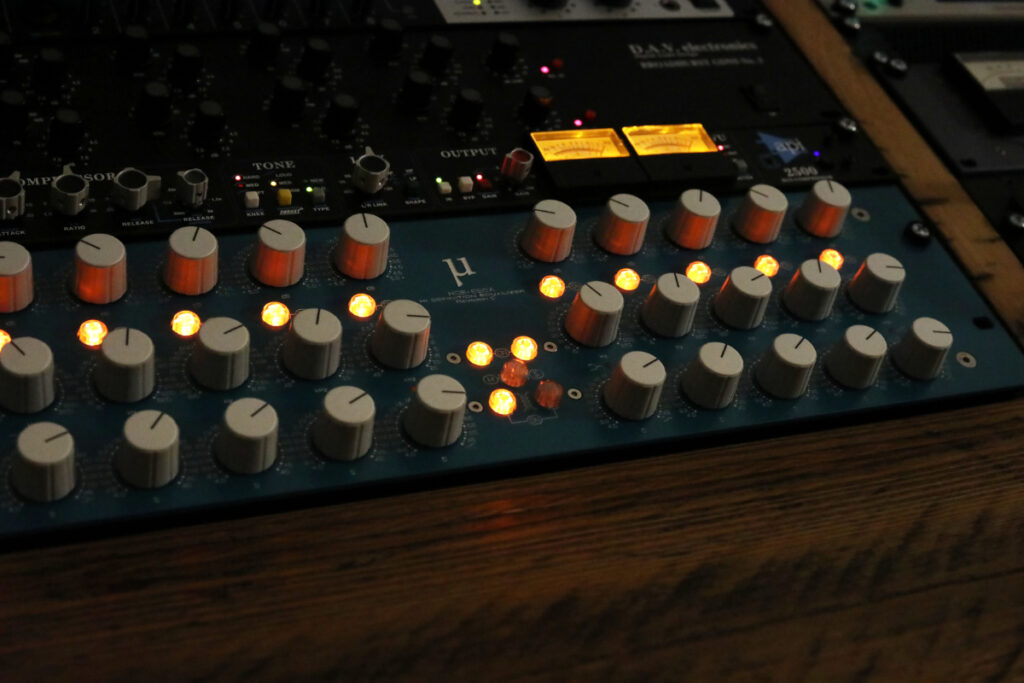Last time we looked at some common low frequency management techniques in mixing and mastering, concentrating on high pass filters and EQ. This time, let’s take a look at making your low end translate to other playback systems.
Monitoring
The most important element of mix translation is monitoring, and that goes doubly so for the low end.
Your first challenge is getting a pair of speakers that accurately represent low end. You need monitors that go at least as far down as 40Hz, ideally 30Hz (or lower).
But don’t be fooled by frequency response graphs. A lot of cheaper monitors have a hyped low end designed to sound impressive and made possible by use of porting (the hole in the cabinet). This gives the speaker a nominally lower frequency response, but comes at the cost of a longer bass sustain, muddying up the bass. It all comes back to that word accurate.
To reliably hear low end, you really need monitors that’ll set you back somewhere around £1000. The most accurate will come from a sealed cabinet design, but pricier ported models will work pretty well.
If you can’t afford to splash that much cash on speakers, a good set of headphones can help pick up the slack – Sennheiser HD650s will set you back around £300 but let you hear accurately down to 10Hz. As an added bonus, using headphones will take your room out of the equation, which is important if it isn’t properly treated – small rooms in particular tend to have enormous bass problems.
Without accurate monitoring you’ll end up treating your low end to sound good on your system in your room, but find it sounds completely different elsewhere.
You’ll also need some sort of ‘grotbox’ like an Avantone Mixcube that will let you hear what it sounds like on a cheap playback system (kitchen radio for example). This is essential for making sure your bass will be audible on systems that don’t reproduce low frequencies.
Bass management plugins
A brief word on bass management plugins. You know the ones – Waves Maxxx Bass probably being the most famous.
These are often seen as an evil by-product of modern pop and dance production, second only to the Waves L2. But I have to say, I use Voxengo LF Max Punch and it can be very useful indeed: both for mixing and mastering.
The basic principle is to make bass instruments more prominent higher up in the frequency spectrum by generating new harmonics (just as distortion does – so if you don’t have a plug-in like this, try using a smidgen of distortion instead, it’ll do the same job). This is actually very useful when you’re using bass instruments built around simple wave shapes like a sine that have very few, or no harmonics themselves. It can make them audible on playback systems that can’t reproduce low end. (Check on your grotbox).
For mastering, I sometimes also find myself using the sub synthesizer to extend the low end on mixes lacking depth – very often a consequence of overly zealous filtering due to an inadequate monitoring environment.
Plugins like these have a bad name because it’s easy to overdo them. But as with most of processors, bass maximising plugins are only as bad as the people using them. A little goes a long way.


